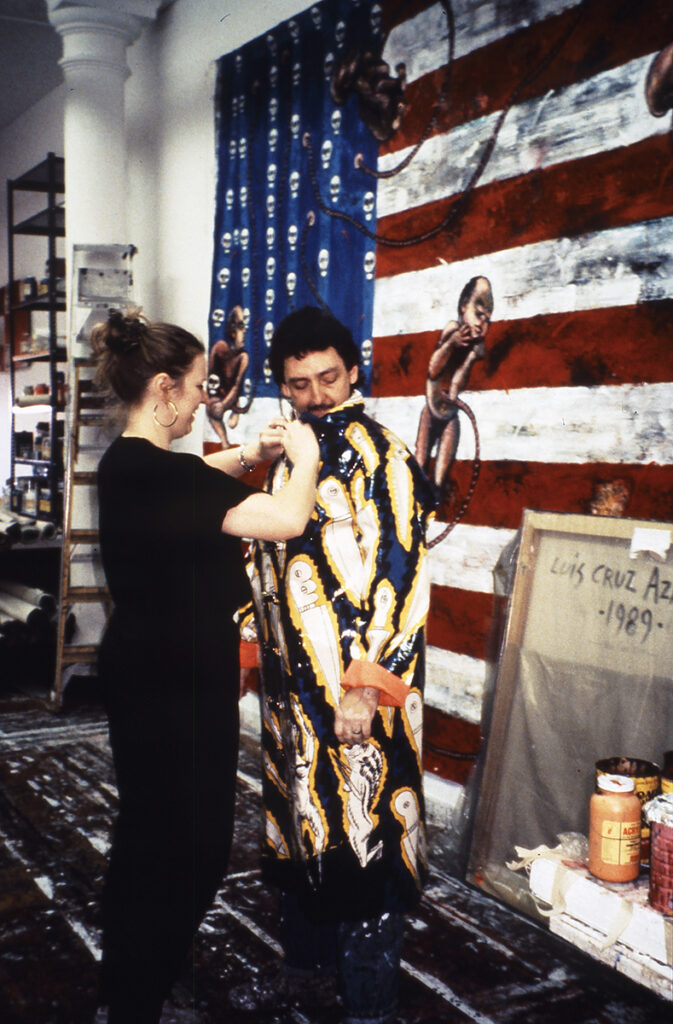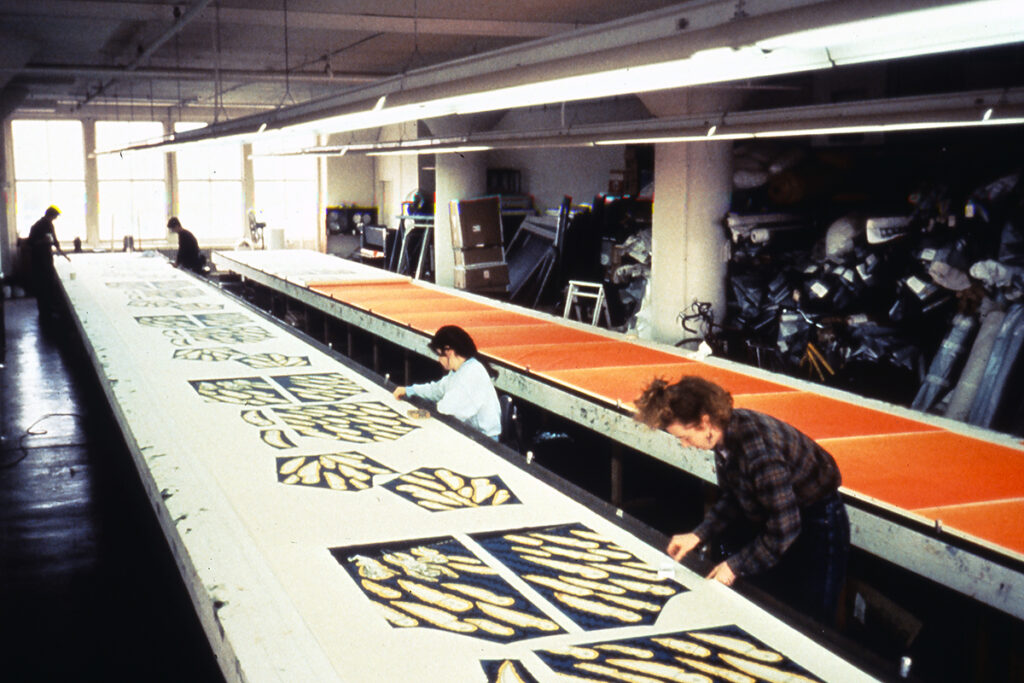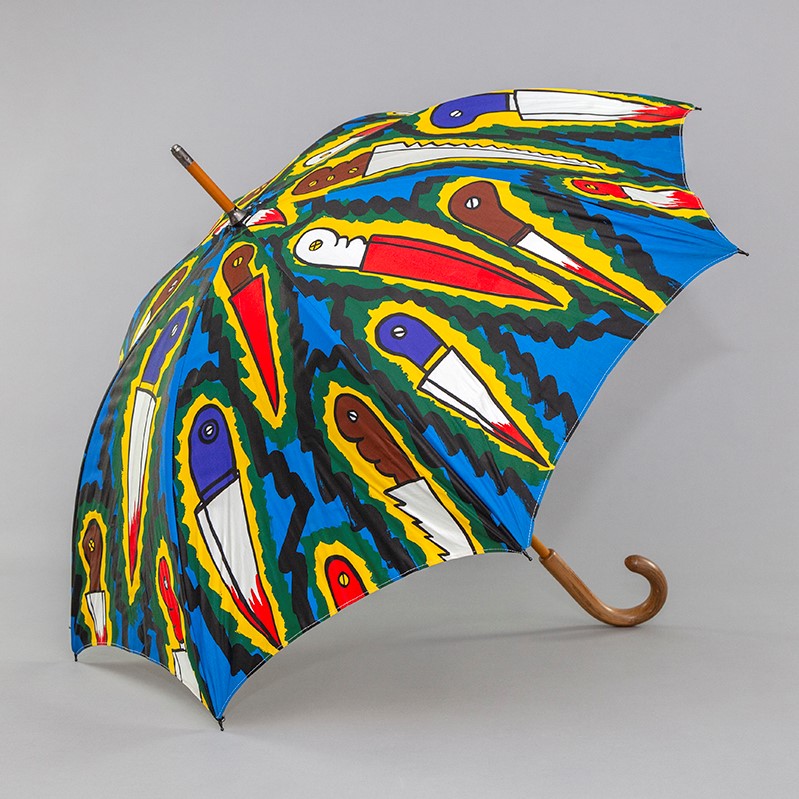Cuban-American artist Luis Cruz Azaceta has dedicated over four decades to grappling with the moral and ethical dilemmas of our era. Born in Havana, Cuba in 1942, Azaceta’s expansive body of work—including paintings, sculpture, and installation—navigates a panoply of themes from urban violence, terrorism, and warfare to economic collapse, dictatorships, and the US government’s mishandling of the AIDS epidemic. In the artist’s own words: “the central theme of my work is man’s inhumanity to man.” While interrogating both shared and individual psychological trauma, Azaceta’s work has maintained a consistent thread of bold colors and provocative, stylized forms, most notably undergoing a transformation from an “Apocalyptic-pop” approach to a more Neo-expressionistic one.
Azaceta’s artistic voyage is deeply rooted in his experiences in both pre- and post-revolutionary Cuba as well as his experiences living in New York through the cultural and political upheaval of the 1960s and 70s, which profoundly shaped his body of work. During his residency at The Fabric Workshop and Museum from 1989 to 1990, he produced Acid Rain Umbrella (open edition) and Acid Raincoat (limited edition of eight). Vinylized and rain-proof, these objects were crafted from Cruz’s four-color cotton yardage featuring bloodied or electrified knives raining down from a royal blue sky. In addition to its buckles and florescent orange or yellow lining, the Acid Raincoat differs from the Acid Umbrella in its narrative inclusion of three nude figures (representing a father, mother, and son) at its lower lefthand corner. Screaming in terror with arms flailing and bloodshot eyes, the figures anticipate the approaching violence of the knives.
Though sometimes difficult to look at, Luis Cruz Azaceta’s work stands as a testament to the unwavering resilience of the human spirit in the face of adversity, challenging us to confront the brutal and complex realities of our world.





